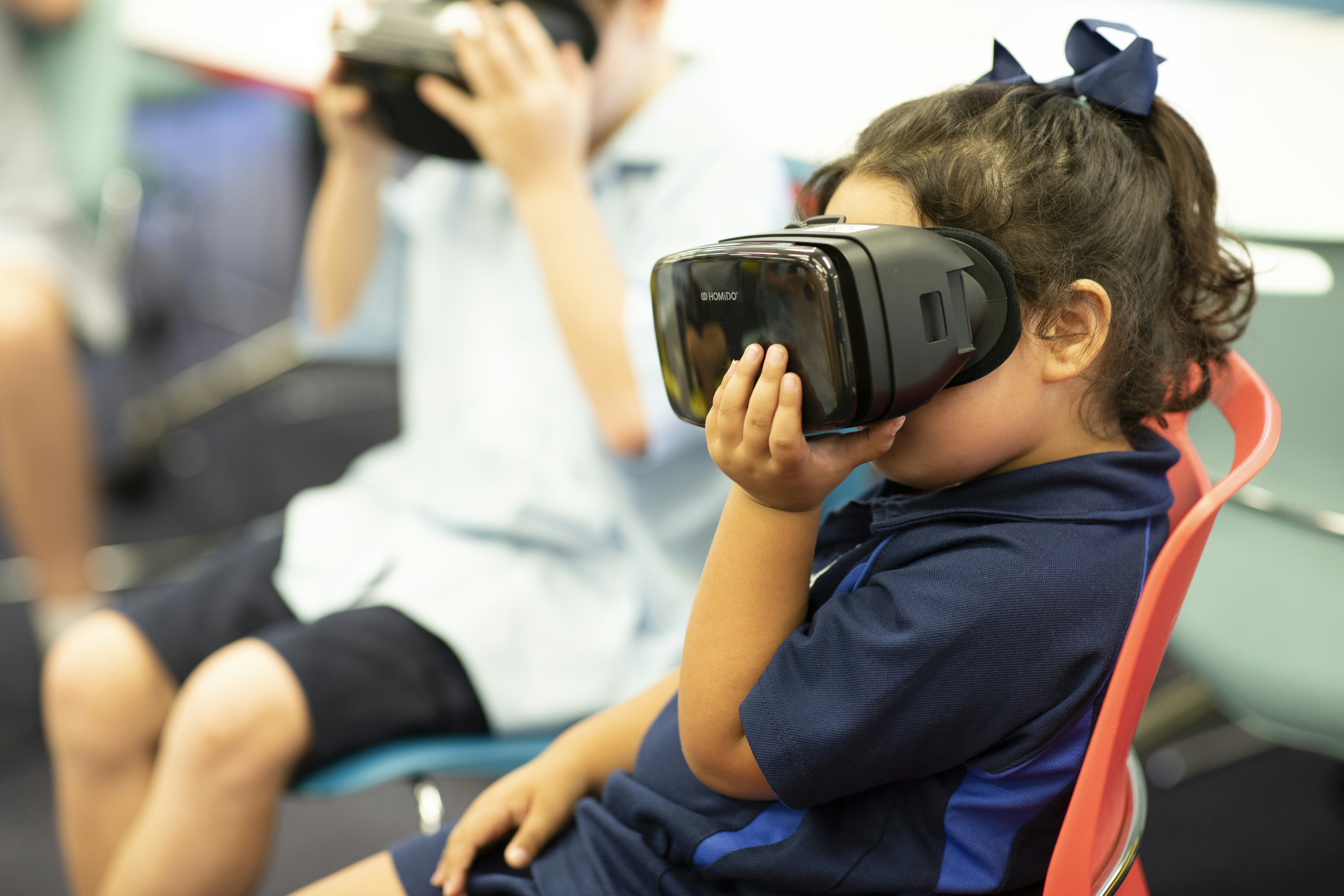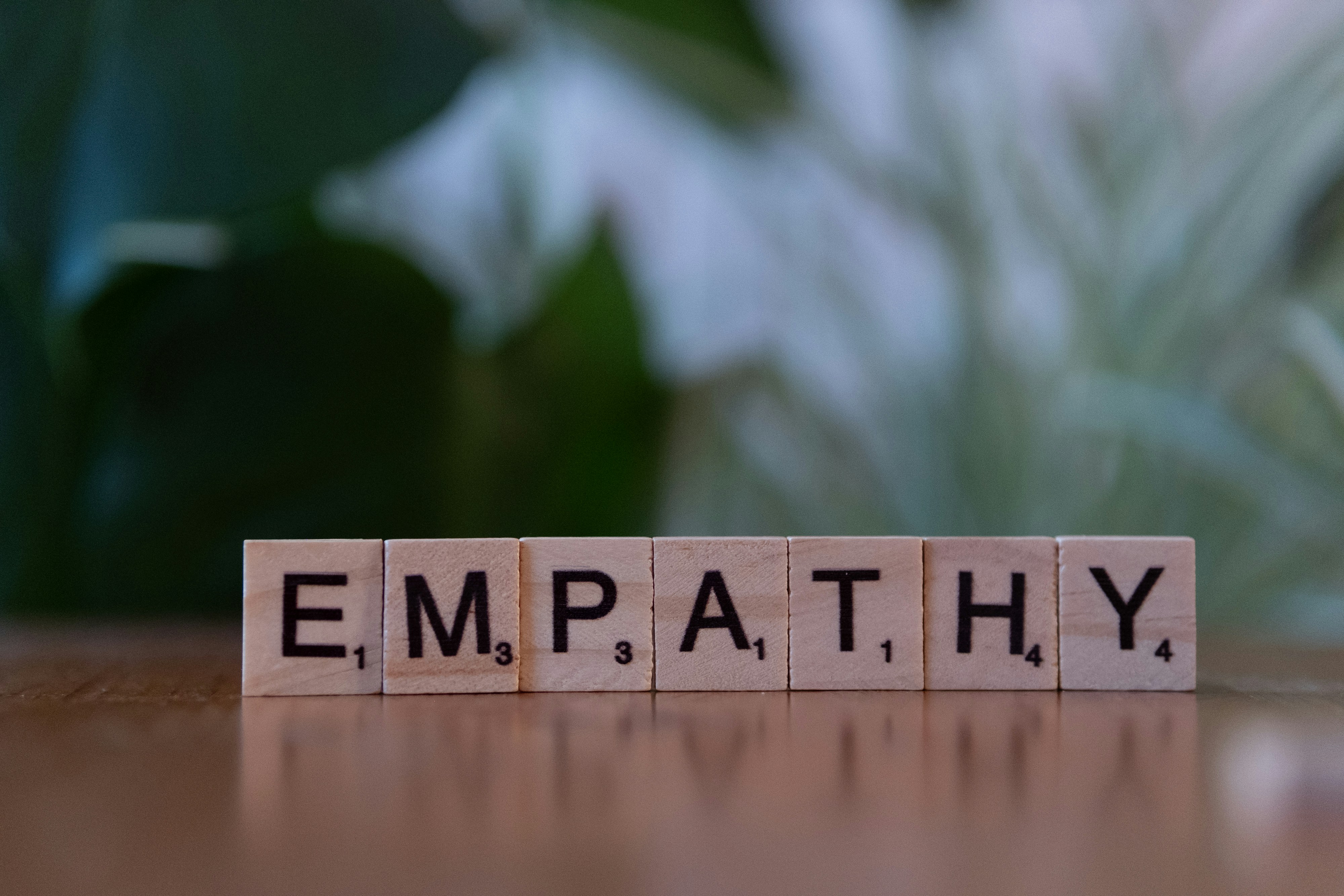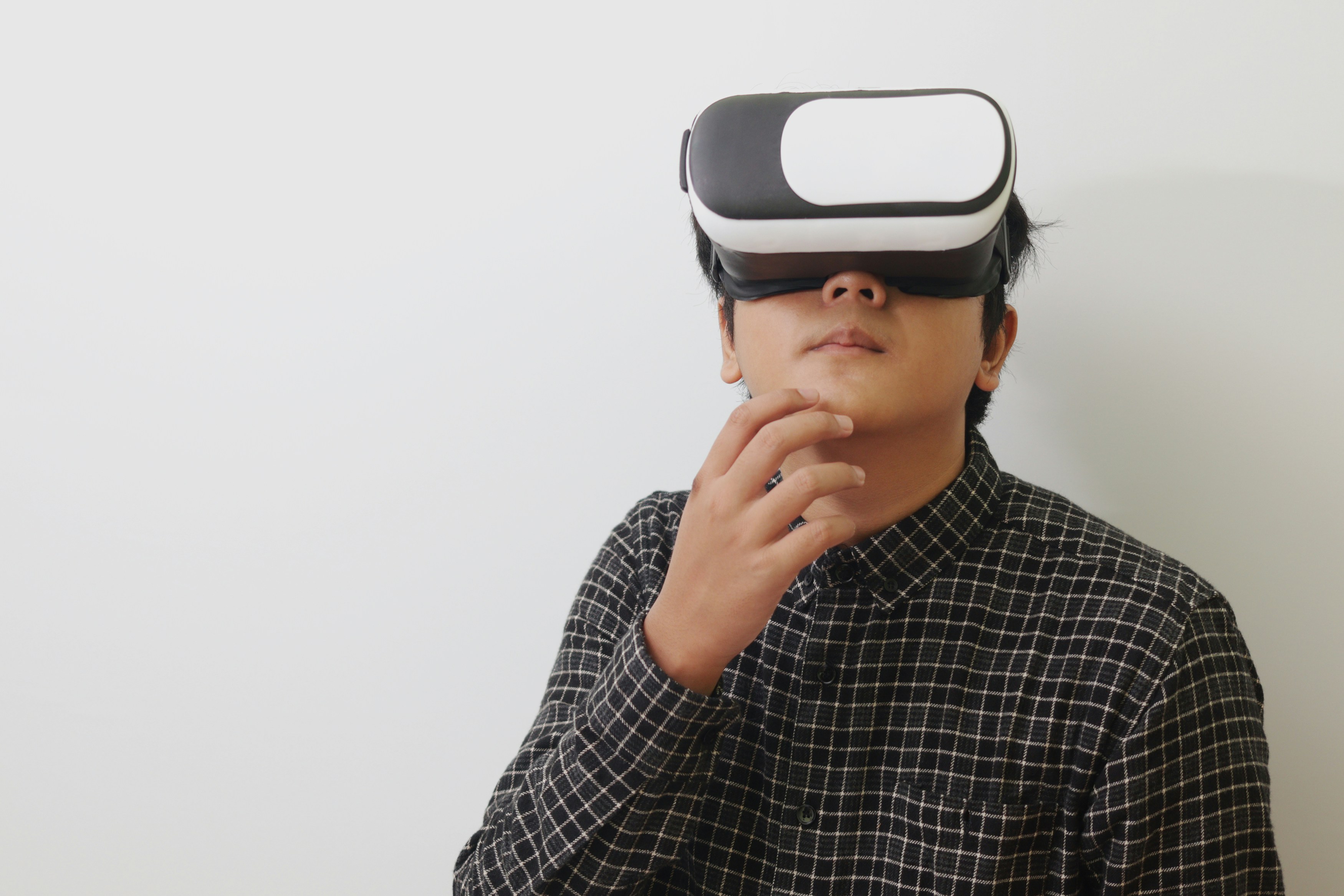Harness Virtual Reality Empathy Training in Online Courses Today
In a world increasingly interconnected by digital spaces, understanding empathy across diverse cultures is more crucial than ever. Imagine stepping into someone else's shoes—not just metaphorically but through immersive experiences in virtual reality (VR) designed for online courses. Leveraging VR empathy training can transform not only how learners engage with educational content but also how they interact with one another. This article explores the innovative ways VR is bridging cultural gaps and enhancing emotional intelligence in education.
The Rise of Virtual Reality in Education
Over the last decade, we have witnessed a digital renaissance in education. With the pandemic accelerating the shift to online learning, educators are increasingly adopting VR technologies to create immersive environments for learners. According to a report by the National Center for Education Statistics, virtual reality is transforming traditional pedagogies, engaging students in ways that traditional methods could only dream about.
Virtual reality allows learners to interact with complex scenarios—everything from historical events to scientific theories—immersively engaging in education. As educators, we can harness this technology's potential to teach empathy, cultural awareness, and emotional intelligence—a trifecta that is essential for effective collaboration in today’s multicultural workforce.
Understanding Empathy: A Key Skill for 2025 and Beyond
Empathy, the ability to understand and share the feelings of others, is becoming increasingly recognized as a critical skill in the workplace and society at large. A report by the World Economic Forum indicated that emotional intelligence will be one of the top skills needed for a successful career in 2025. However, teaching empathy is challenging. This is where VR can step in effectively.
Virtual reality not only immerses learners into different environments but also places them in perspectives that might otherwise be inaccessible. Imagine being a refugee fleeing war or experiencing the day-to-day struggles of a different cultural background. By simulating these experiences, learners can develop a deeper understanding and empathy towards others. Programs designed to introduce such scenarios can enhance emotional intelligence, crucially needed to navigate our future landscapes.
Enhancing Emotional Intelligence Through VR
When students engage in VR empathy training, they experience compassion in action. For instance, a study by Stanford University highlighted that students participating in VR modules designed to evoke empathy displayed significantly higher levels of emotional intelligence. They were better able to identify and understand their feelings and those of others following their VR experiences.
Moreover, VR's ability to integrate stories and narratives can significantly impact emotional learning. Learners can go on quests or solve challenges that require them to consider varying perspectives. As they navigate these emotional landscapes, they witness the consequences of their decisions and actions. The powerful combination of storytelling and immersive learning helps students internalize what empathy truly means.
Effective VR Empathy Training Programs
To fully harness the potential of VR empathy training, educators can explore several effective programs that employ this technology:
-
Social Interactions in VR: Platforms such as AltspaceVR allow students to engage in role-playing scenarios that encourage empathy through social interactions. They can experience how it feels to communicate from a different perspective, providing them with invaluable lessons in compassion.
-
Simulation of Global Issues: Programs like VR for Good create experiences where learners face global challenges firsthand—be it climate change or cultural conflicts. Such simulations empower students to reflect on their values while informing their understanding of contemporary issues.
-
Peer Learning through VR: As discussed in our previous article on AI-Powered Peer Learning, combining VR and collaborative learning enhances emotional intelligence and fosters cooperation among diverse learners.
Bridging Cultural Gaps with Virtual Reality
In our diverse global community, bridging cultural gaps is more necessary than ever. VR can provide contextually rich experiences that facilitate understanding where traditional methods might fail.
For example, cultural exchange programs can leverage VR to allow students to experience the customs, values, and daily lives of peers across the globe. This avoids the limitations that come with traveling and makes learning accessible to all. A study by the Journal of Educational Psychology found that such culturally immersive programs lead to increased respect and appreciation for other cultures among students.
The Role of Educators in Implementing VR Training
While technology provides the tools, it’s educators who drive the transformational process. To facilitate the integration of VR empathy training into curricula, teachers must:
-
Be Trained in VR Technologies: Professional development should focus on training educators to use VR tools effectively. This knowledge enables them to curate experiences that augment emotional learning fundamentally.
-
Create Inclusive Environments: The primary goal is to capture a broad spectrum of experiences, ensuring students learn from diverse perspectives. Educators need to maintain dialogues about inclusivity while designing online courses.
-
Utilize Data for Improvement: Gathering data from VR interactions can help educators refine their approaches. Evaluating how students respond to different scenarios allows for continuous enhancement of learning experiences.
The Current Landscape and Future Trends
As we step into 2025, the landscape of online education is continuously evolving. With increased focus on personalization in learning, VR serves as an ideal tool for tailoring experiences that meet individual needs. Moreover, by making emotional intelligence a prioritized outcome, educational institutions can cultivate socially responsible and emotionally aware future generations.
Recent advancements also highlight the use of AI in conjunction with VR to create adaptive learning pathways. This synergy will help educators identify the emotional responses and engagement levels of learners, enabling even more personalized experiences.
For instance, programs such as AI-Driven Empathy Training aim to enhance students' emotional intelligence, enriching their understanding of resilience and compassion while improving their engagement in learning.
Practical Applications and Innovations
Incorporating VR empathy training into academic and professional settings leads to far-reaching implications. Here are a few innovative applications:
-
Corporate Training: Companies can foster emotionally intelligent teams through VR programs that simulate interactions with colleagues of various backgrounds, improving workplace dynamics.
-
Global Education Initiatives: Institutions worldwide can collaborate to design an extensive library of VR modules addressing various cultural insights, promoting cross-cultural competence.
-
Therapeutic Settings: VR’s immersive experiences can also be beneficial in therapeutic settings, helping individuals develop empathy and emotional understanding in controlled environments.
Final Thoughts: Embracing VR for Empathy in Learning
In conclusion, as our world becomes increasingly interconnected, fostering empathy and emotional intelligence through virtual reality in online courses is not just beneficial—it's essential. Providing learners with authentic experiences that widen their understanding of cultural diversity prepares them to meet future challenges with compassion and respect.
If you’re an educator looking to enhance your online courses, consider incorporating VR empathy training into your curriculum structure. The time for empathy in learning is now, and with the power of virtual reality, bridging cultural gaps has never been more attainable. Embrace this innovative approach to prepare your students for the interconnected world of tomorrow.
If you’re intrigued by how different themes in online education can evolve the learning landscape, explore related insights through posts on Cultivating Emotional Intelligence Through Digital Empathy and Breaking Barriers with Digital Footprints.









